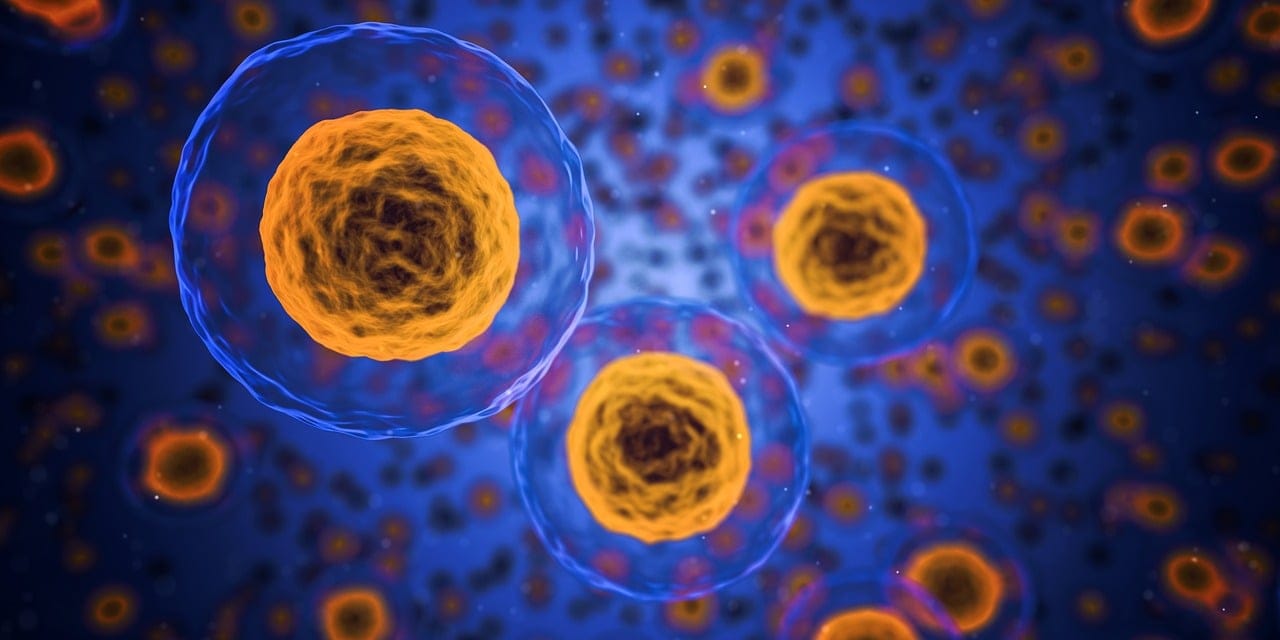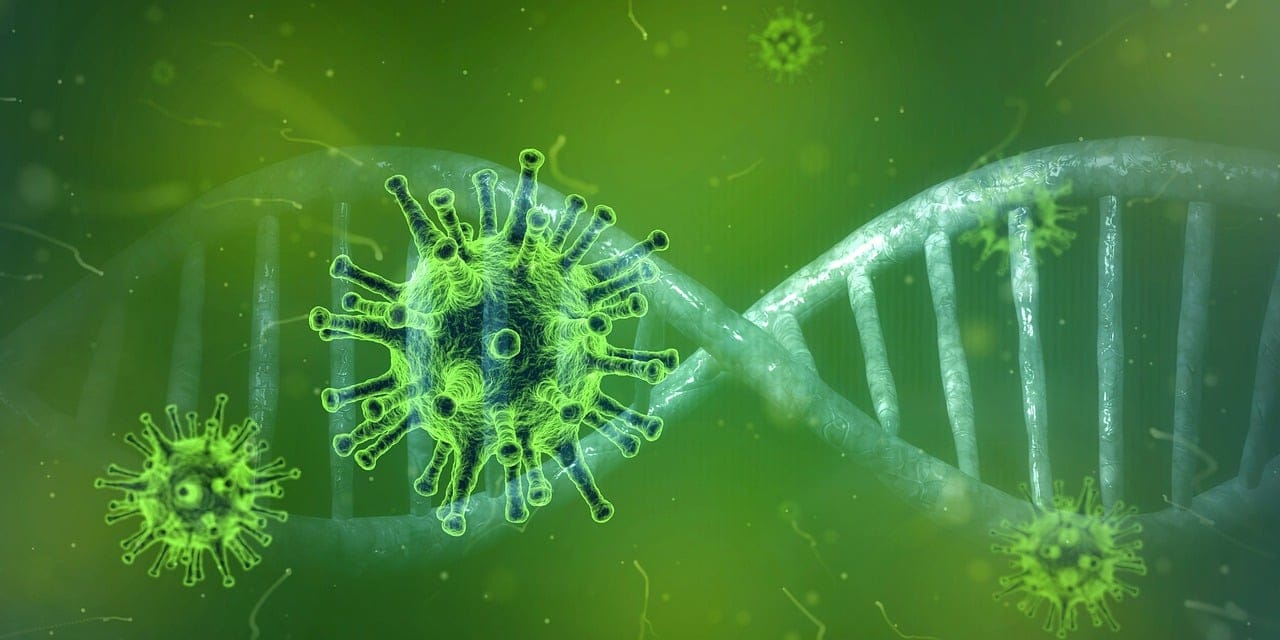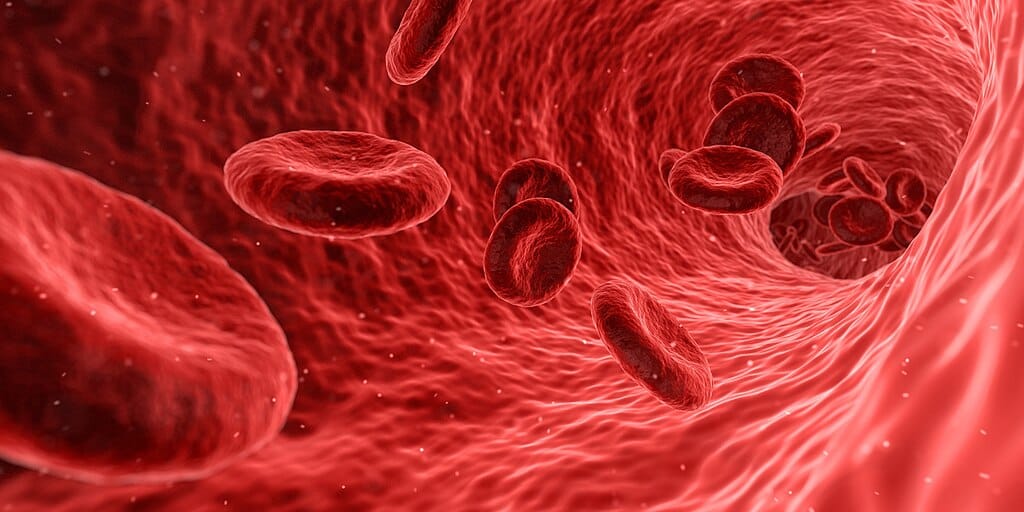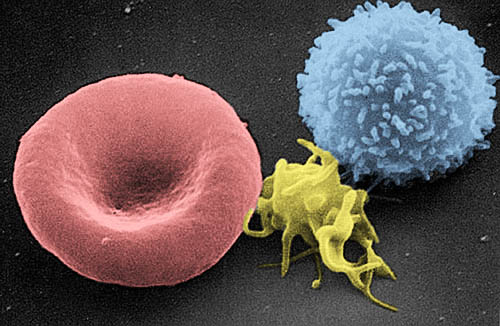
Cells are often described as the fundamental units of life, each containing three essential components: a cell membrane, cytoplasm, and DNA. This general rule applies to nearly all cells, whether they are eukaryotic or prokaryotic. However, in the vast complexity of biology, there are a few rare exceptions that challenge this basic classification. These unique cases raise intriguing questions about the nature of life and how we define a cell.
In this article, we will explore the cellular exceptions that do not fit neatly into the standard model, discussing how they deviate and what makes them fascinating subjects of scientific study.
Viruses—Are They Even Alive?
Viruses are one of the most debated exceptions to the standard definition of a cell. Unlike prokaryotic and eukaryotic cells, viruses do not have a complete cellular structure. They lack cytoplasm, a cell membrane, and the ability to carry out metabolic processes independently. Instead, viruses are made up of a protein coat (capsid) and genetic material (either DNA or RNA).
Viruses rely entirely on a host cell to reproduce, hijacking the host’s machinery to replicate themselves. This dependency leads many scientists to consider viruses as non-living entities, though they exhibit some characteristics of life. Because they lack key cellular components, viruses challenge the definition of what it means to be a cell and an organism.

Red Blood Cells—A Cell Without DNA
While DNA is one of the three core components of cells, mature mammalian red blood cells (RBCs) lack a nucleus and DNA. These cells originate from precursor cells that contain DNA, but during maturation, they expel their nucleus to maximize space for hemoglobin, the protein responsible for oxygen transport.
This adaptation allows RBCs to efficiently carry oxygen but prevents them from dividing or repairing themselves, resulting in a short lifespan of about 120 days. Although RBCs begin with DNA, their mature form defies the standard definition of a cell.
The indentation in these cells, known as the biconcave shape, results from the absence of a nucleus. This shape increases their surface area-to-volume ratio, enhancing their oxygen and carbon dioxide transport. It also makes them more flexible, enabling them to navigate through narrow capillaries.
The adaptation of red blood cells highlights the complexity and specialization of cellular structures.

Platelets—Not Technically Cells
Platelets, also known as thrombocytes, play a critical role in blood clotting, but they are not true cells. Instead, they are cell fragments derived from megakaryocytes, large bone marrow cells that produce platelets by shedding portions of their cytoplasm. Unlike standard cells, platelets do not have a nucleus or DNA. Despite their lack of a full cellular structure, they are essential for healing wounds and stopping bleeding.

Mycoplasma—The Smallest Known Free-Living Cells
Bacteria are typically classified as prokaryotic cells with a simple structure, but mycoplasma bacteria present an interesting exception. Mycoplasmas are the smallest known free-living organisms, and they lack a cell wall, which is a common feature of most bacteria. This absence makes them highly flexible but also vulnerable to environmental stressors.
Despite lacking a cell wall, mycoplasma bacteria retain the other two fundamental components: a cell membrane and DNA. Their unique structure allows them to evade certain antibiotics that target bacterial cell walls, making them medically significant pathogens.
Giant Viruses—Blurring the Line Between Life and Non-Life
While traditional viruses are often dismissed as non-living due to their lack of cellular components, giant viruses (such as the Mimivirus and Pandoravirus) challenge this notion. These viruses are unusually large, sometimes bigger than small bacteria, and contain a much more complex genetic structure than typical viruses. Some even possess genes associated with cellular functions, such as protein synthesis, which is unexpected for a virus.
Giant viruses further blur the distinction between living and non-living entities, leading some scientists to reconsider the criteria used to define a cell.
Extracellular Organisms—Slime Molds and Syncytia
Certain multicellular organisms and specialized cells also defy standard cellular classifications. Slime molds, for example, can exist as individual single cells but can also combine to form multicellular structures that behave as a single entity.
Similarly, some animal tissues contain multinucleated cells, known as syncytia, which arise when multiple cells fuse, forming a large cell with multiple nuclei. This phenomenon occurs in muscle cells, certain viruses, and some developmental processes in organisms.
The Fluid Nature of Biology—Exploring Cellular Anomalies
While the foundational structure of cells remains consistent across most life forms, these rare exceptions demonstrate that biology is full of complexity and variation. Whether it’s a red blood cell lacking DNA, a mycoplasma bacterium missing a cell wall, or a virus existing on the edge of life, these unique cases challenge traditional definitions and push the boundaries of our understanding of cellular life.
By studying these exceptions, scientists gain deeper insights into evolution, adaptation, and the fundamental characteristics of living organisms. These deviations remind us that biology is not rigid; instead, it is a field full of fascinating anomalies that broaden our perspective on what it means to be a cell—and what it means to be alive.
Share Your Thoughts
Would you like to explore more unusual cellular structures or discuss their implications in greater detail? Let us know in the comments below!
